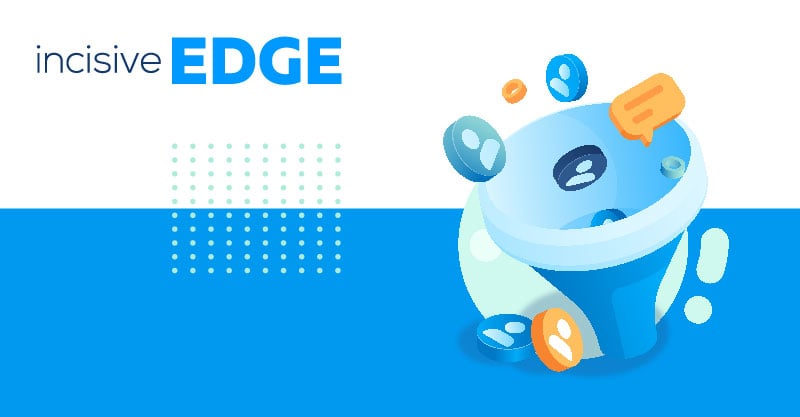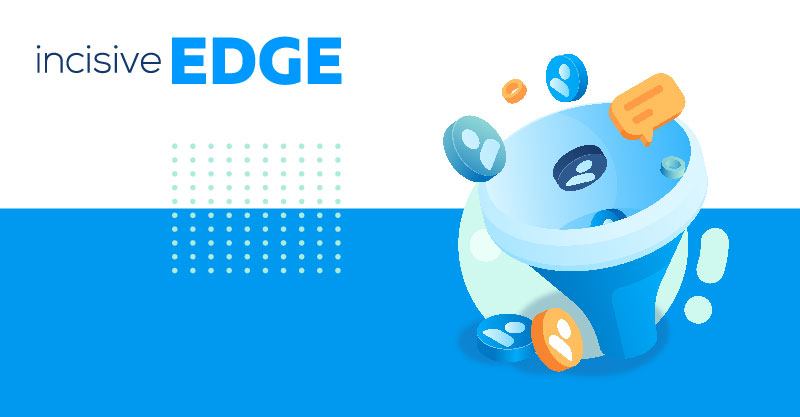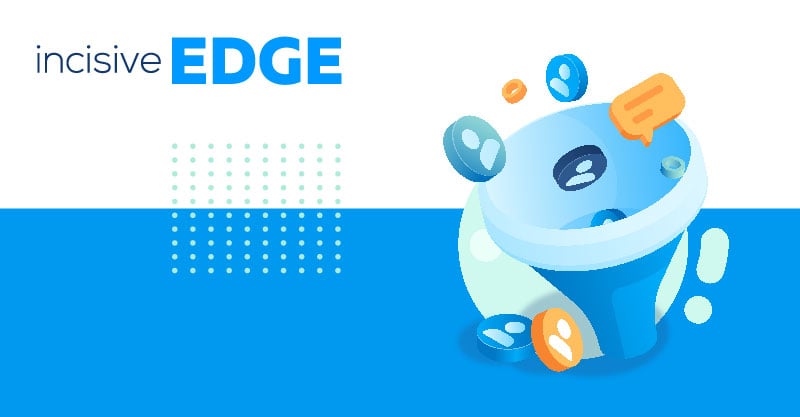If you’re looking at your screen right now and reading this article, there’s a good chance you have a persistent inkling that transitioning to inbound marketing is a good idea. The transition to inbound marketing is almost inevitable at this point in time. Outbound marketing has proven not to be as effective as inbound.
Since the original iPhone kicked off the smartphone trend in 2007, simultaneously paving the way for tablet computers and always-on information and education, moving to inbound marketing is now more than just a good idea. It's a necessity. Outbound sales and marketing had their time. In today's digital landscape, businesses must embrace inbound marketing strategies for every inbound marketing campaign with a strong focus on attracting and engaging their target audience. Inbound marketing focuses are crucial components for achieving success in this approach.
What happens to those that don't? Well, as we pointed out in our recent article on web design trends for 2016, even a century-old brand like Kodak can practically evaporate into thin air if they fail to keep up with the times. Relying on conventional customer acquisition methods and your sales team is no longer relevant. The sales process has shifted tremendously, and you must adapt to it.
So, you know inbound marketing is important, but how do you make that leap from outbound, traditionally-led marketing, to a focused, inbound approach that doesn’t involve wasting your time, energy and money?
Well, you’ve discovered the first in a two-part series that gives you a blueprint to achieve precisely that. And it all begins with solid preparation.
Check out the following blogs for more information on Inbound marketing:
- What Are the Five Fundamentals of Inbound Marketing?
- What Is B2B Inbound Marketing? The Complete 2023 Guide
- Top 5 problems inbound marketing solves for your business
- Inbound vs outbound marketing: which one is better for you?
1. Benchmarking your current inbound marketing capabilities
Firstly, it’s time to take stock of exactly where your inbound marketing capabilities stand.
Maybe you once opened up a Google AdWords' account and couldn't grasp the fundamentals of valuable content, outbound marketing techniques, and inbound marketing efforts. Or maybe you've got a company blog that lacks a good inbound marketing strategy. Perhaps your Facebook page fails to pull in those results, missing effective inbound marketing techniques.
Wherever you are, figure out exactly where that is. Because only if you know where you are, can you really work out how to get where you want to go. Here are some steps to consider:
- Audit your current processes.What's working in your marketing strategy, what's not and where are the areas for optimisation (working, but could do better – sounds like my school report..)
- Compare your business against your competitors in the same sector
- Identify successful strategies used by your competition and whether they are using marketing automation to consider adding it to add some tools to your arsenal.
- Use this information to decipher the best structure for moving forward
To effectively engage larger organisations, compile this information into a report that emphasises the weaknesses you identify and the benefits (such as sales enablement and lead acquisition). Additionally, focus on creating valuable content and executing a successful inbound marketing campaign. By doing so, you can significantly increase the receptiveness of budget holders to your inbound and outbound marketing proposals.
2. Defining the best structure for your inbound marketing
Now you know where you are, it’s time to get the structure in place.
Scary as it seems to experienced marketers, there are still companies approaching inbound marketing without a predefined structure for the job. It's the kind of gross misallocation of marketing spend that gets data analysts incredibly grumpy. Some of the budget you may be spending on direct mail that will never be read or opened could be spent on inbound marketing content.
According to survey data published in a whitepaper created by Altimeter, titled the “Evolution of Social Business”, there are five possible approaches to consider. Here’s an overview:
- Decentralised. No single department is responsible for marketing
- Centralised. One single department is responsible for marketing
- Hub and spoke. A centralised team exists, subsidised by a series of other teams
- Dandelion. Multiple hub and spoke-like structures
- Holistic. Marketing knowledge is widely adopted and everyone contributes
When deciding which is best for you, it largely boils down to a matter of manpower and financial resources. You will have to strategically allocate what you have to the right channel to maximise the likelihood of getting to your target audience and achieving conversions.
Also, bear in mind that decentralised strategies (1) are often seen in companies right at the beginning of their inbound marketing lifespan, rather than it being widely adopted as a legitimate plan for inbound excellence. Here are 5 Go To Market Strategy examples.
Likewise, the fact that holistic strategies (2) are typically seen in just 2.4% of companies, mean that most readers will opt for one of the three more common strategies above.
3. Defining your resourcing requirements
Now that you know where you are and where you want to get to, it’s time to define what resources you need to get there.
Before that though, there are the different marketing channels to consider which can seem daunting at first. That said, after your initial assessment, competitor research and decision on the best structure, you should be able to choose your approach more easily.
The primary forms of inbound marketing to consider include (but are not limited to):
- Social media
- Paid search (such as pay per click advertising or “PPC”)
- Search engine optimisation (SEO)
- Content marketing
- Analytics and Conversion Rate Optimisation
One of the more obvious considerations here is staff.
When considering the implementation of chosen marketing channels, such as search engine optimization, inbound marketing tactics, and inbound marketing methods, it is important to assess the capabilities of your team. You may need to explore options like outsourcing to specialist marketers, training current employees, or hiring new ones based on your budgetary considerations.
Another consideration is services. For example, a full-service SEO SaaS product to track your search engine results can cost anything between £50 and £1000 per month depending on what features you want included. If you look to Google for a little research on which is best-suited to you, it shouldn’t take long to work out what you need.
Conclusion
Reading this article and following these initial steps, are your foundations. By following a predefined inbound strategy, you're infinitely more likely to make the leap to inbound in a profitable, successful fashion.
By now, you should have a decent idea of where you are and a framework upon which you can lay down strategies to get you there. You’re now prepared.
To understand how to implement your transition to inbound marketing, read Part 2.








